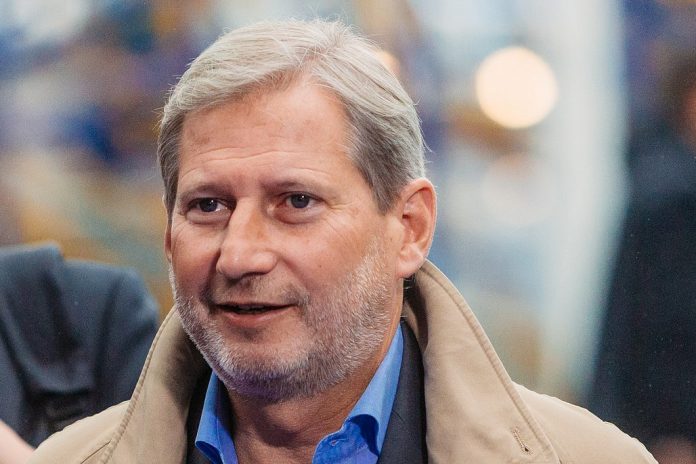Meet the European Union’s new Special Middle East Representative. Susanna Terstal, the Netherlands’ former ambassador to Iran, is slated to work from Brussels, not Israel, like her predecessor.
Terstal replaces Fernando Gentilini, who has recently moved to the management of the Middle East and North Africa regions in the EU’s foreign policy service. The Council of the European Union is expected to formally decide on the appointment in September.
According to a statement published by EU Foreign Policy Chief Federica Mogherini‘s spokeswoman, the process to re-examine the approach will be led by Gentilini and Christian Danielsson, a senior European Commission official, both of whom recently met with Israeli and Palestinian representatives.
The statement added that the purpose of the process is to ensure that the nature of European involvement in the region, which includes diplomatic activity, financial aid, and more, is as “efficient and effective” as possible with the purpose of advancing the two-state solution.
As reported by the online edition of Haaretz Newspaper in Israel, this also applies to Gaza, which, together with the West Bank, the statement describes as “an integral part of a future Palestinian state”.
The EU emphasised that it has no intention of reducing the current level of funding or to change its policy regarding the peace process in the Middle East, but rather, to “hear the positions” of both parties regarding obstacles to peace and the implementation of the two-state solution. The statement added that the EU “remains firmly committed” to the two-state solution as the “only realistic solution” to a fair and lasting peace.
In related news, a European Commission press release on August 2 announced that the EU has completed the biggest photovoltaic solar field in Gaza. It will provide 0.5 Megawatts of electricity per day to fuel the Southern Gaza Desalination Plant.
The EU-funded Southern Gaza Desalination Plant currently provides drinking water to 75,000 inhabitants in the Khan Younis and Rafah governorates. With the new energy field and new investments foreseen it will eventually reach 250,000 people in Southern Gaza by 2020.
“Limited energy supplies in Gaza are one of the main challenges when improving access to safe and drinkable water to the local population,” said Johannes Hahn, EU Commissioner for European Neighbourhood Policy and Enlargement Negotiations. “The photovoltaic solar field is essential to respond to the urgent water needs in Gaza and create dignified living conditions for its people, thus mitigating tensions in a highly conflict sensitive area.”
The EU is investing in long-term water infrastructure across Palestine with an emphasis on the Gaza Strip. In Gaza 97% of the water is unfit for human consumption. The very high population density in Gaza is putting huge strain on the ailing infrastructure, which is crumbling as a result of repeated conflicts, over ten years of Israeli closure, and the intra-Palestinian split. This infrastructure strain has led to critical water insecurity in the Strip.
The EU budget mobilised between 2006 and 2017 alone was €128m. In 2018, €21m has been allocated. The goal is to secure self-sufficient, equitable, affordable and sustainable access to energy, safe drinking water and sanitation services for all.
According to the Commission, in the coming months, more EU-funded projects in this area will be kicked-off.

